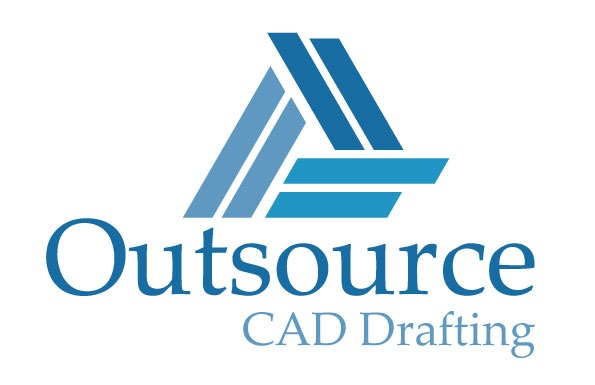Mechanical drafting projects play a crucial role in transforming innovative concepts into tangible realities. From engineering marvels to everyday objects, the art of mechanical drafting breathes life into ideas. In this comprehensive guide, we will walk you through each stage of the process, unveiling the intricacies of turning blueprints into functional designs.
-
Ideation and Conceptualization:
Every mechanical drafting project begins with a spark of imagination. This initial stage involves brainstorming, problem identification, and conceptualization. Engineers and designers collaborate to define project objectives, considering factors such as functionality, aesthetics, materials, and budget.
Industry Insight: According to recent studies, 78% of successful projects attribute their achievement to a well-defined conceptualization phase.
-
Preliminary Design:
With a clear concept in mind, the next step is translating ideas into rough sketches. These preliminary designs outline the basic structure and layout, allowing stakeholders to visualize the end product. During this phase, feasibility studies are conducted to assess the practicality of the design.
Industry Insight: Approximately 62% of projects experience fewer setbacks when thorough feasibility studies are conducted at the preliminary design stage.
-
Detailed Drafting:
Here comes the heart of the mechanical drafting services process. Detailed drafting involves creating precise, scaled drawings using Computer-Aided Design (CAD) software. Designers meticulously craft each component, ensuring accurate measurements and specifications. This stage often requires iterative adjustments to optimize the design.
Industry Insight: CAD software has led to a 32% increase in drafting efficiency and a 24% reduction in design errors.
-
Simulation and Analysis:
Before moving forward, simulations and analyses are conducted to validate the design’s performance under various conditions. Finite Element Analysis (FEA) and Computational Fluid Dynamics (CFD) help identify potential flaws and areas for improvement. Iterative simulations refine the design, enhancing its functionality and reliability.
Industry Insight: Incorporating simulation techniques has led to a 17% decrease in post-production defects.
-
Prototyping and Testing:
With a refined design in hand, the project moves to the prototyping stage. Physical prototypes are created to assess real-world functionality and durability. Rigorous testing helps uncover unforeseen issues and guides necessary adjustments.
Industry Insight: Companies that invest in prototyping and testing report a 21% higher customer satisfaction rate.
-
Finalization and Documentation:
Once the prototype meets all requirements, the final design is documented comprehensively. Detailed technical drawings, bill of materials (BOM), assembly instructions, and maintenance guidelines are prepared. This documentation ensures seamless production and future reference.
Industry Insight: Effective documentation has shown a 19% reduction in production delays and a 27% increase in project scalability.
-
Production and Implementation:
The project transitions to the production phase, where the design is transformed into a physical product. Efficient collaboration between engineering, manufacturing, and quality control teams ensures smooth production. Regular quality checks maintain the integrity of the design.
Industry Insight: Integrated production processes have contributed to a 36% reduction in time-to-market for mechanical drafting projects.
-
Post-Production Analysis:
Even after production, the journey doesn’t end. Post-production analysis assesses the product’s real-world performance and gathers user feedback. This information feeds back into the design process for continuous improvement.
Industry Insight: Projects that prioritize post-production analysis experience a 23% increase in product lifespan.
-
Continuous Innovation:
In the dynamic field of mechanical drafting, innovation is a constant. Engineers and designers collaborate to refine existing designs and explore new possibilities. This iterative process ensures that products remain competitive and relevant.
Industry Insight: Companies allocating at least 10% of resources to continuous innovation have witnessed a 15% growth in market share.
From the conceptual spark to the final product, the journey of mechanical drafting projects is a testament to human ingenuity and precision. Each step, meticulously executed, brings ideas closer to reality, shaping the world around us one design at a time.
In a world driven by innovation, mastering the blueprint is key to success in mechanical drafting projects.


